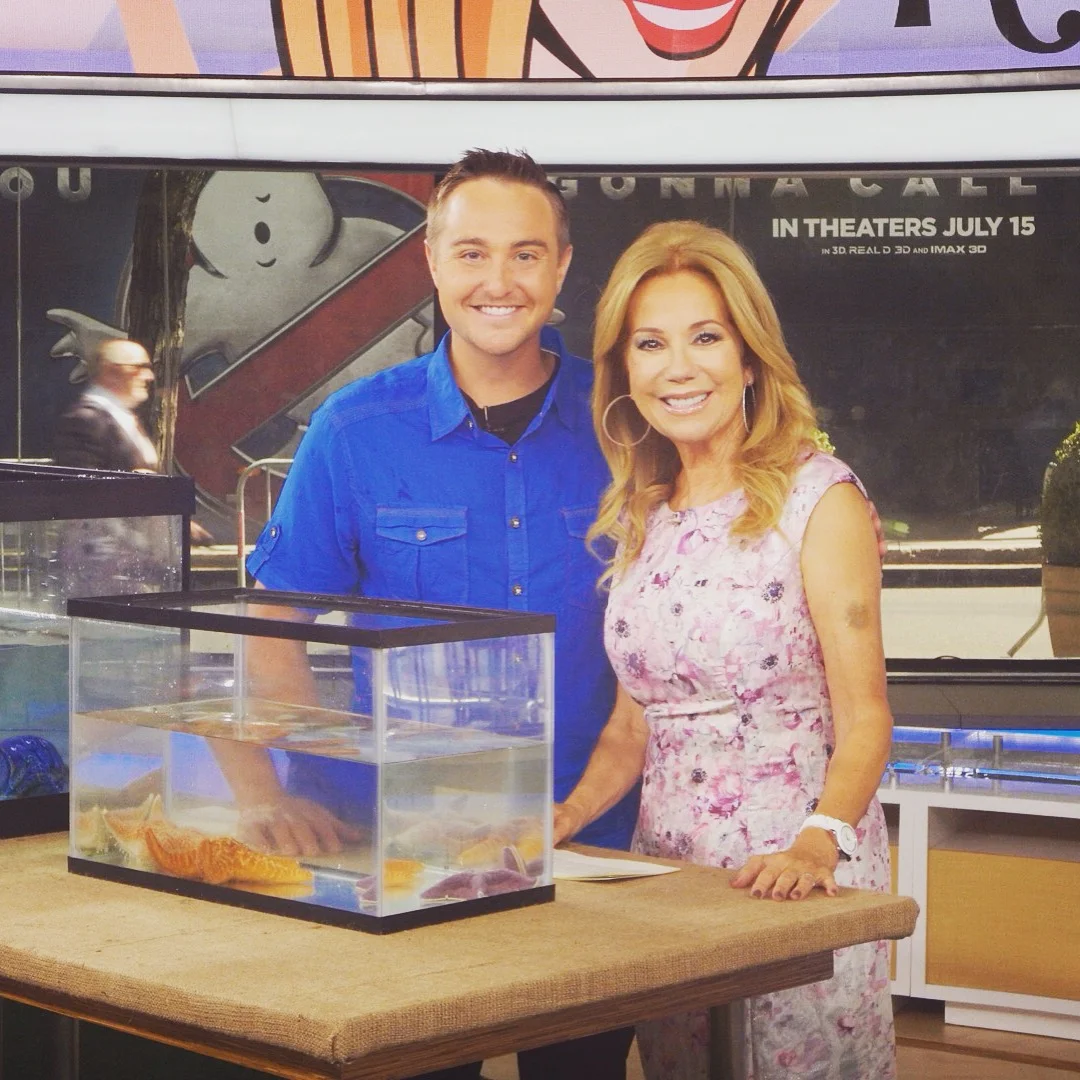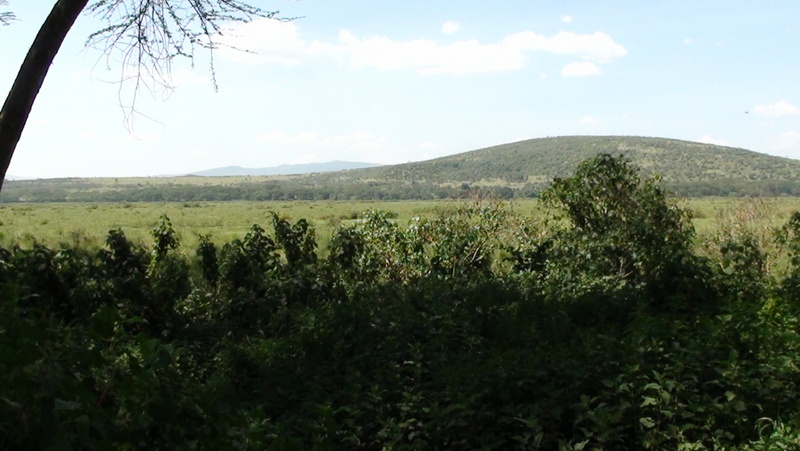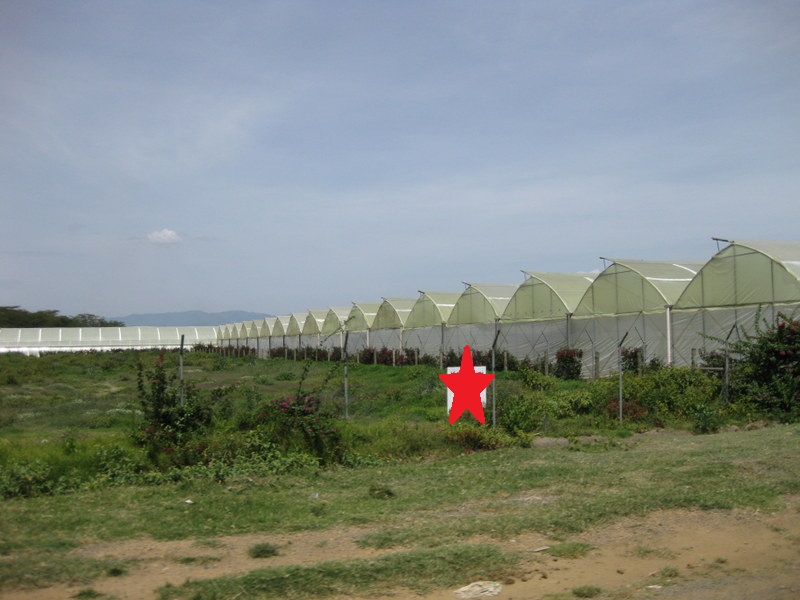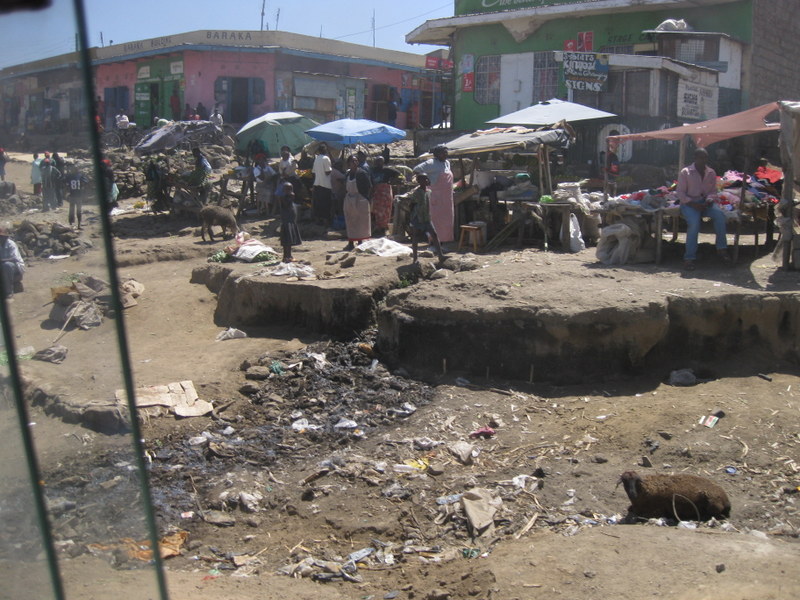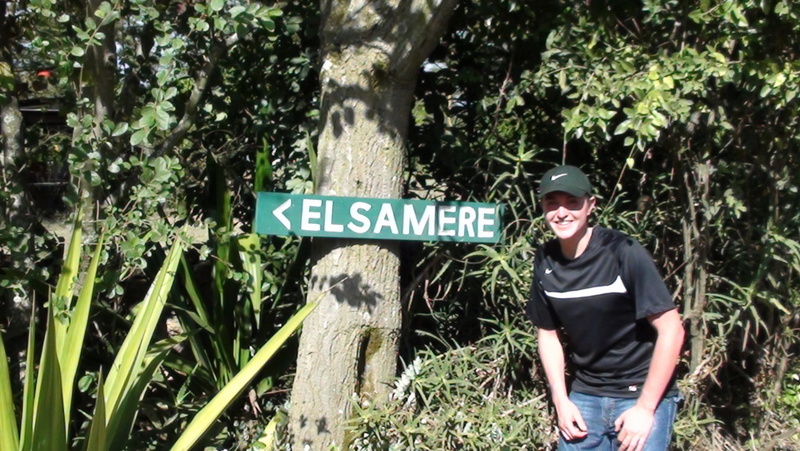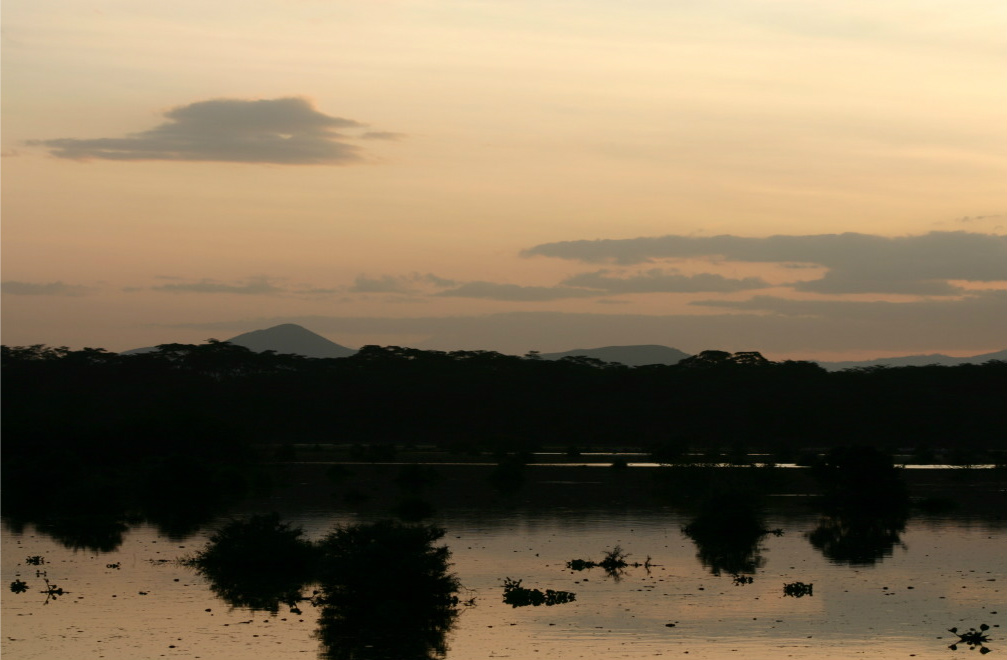Birds have definitely grown on me. If you would have told me 10 years ago, they would be one of my favorite animals to work with, I wouldn’t have believed you. Back in the early days of my TV career, reptiles were my go to. They were my ride or die animal, and they still are. But birds come in a close second. And in TV land, they make for exciting morning television! Here’s a behind-the-scenes look at my recent trip to The TODAY Show joined by a few of my “feathered” friends!
Watch What Happens LIVE!
Yes, the rumors are true. The animals and I invaded Andy Cohen’s famous Clubhouse on Watch What Happens LIVE! It’s the ONLY late night program that is actually live and anything…I mean ANYTHING can happen. From penguin poop to skunk/shirt malfunctions, the experience was definitely one for the books! Here’s a behind-the-scenes look at our experience appearing on “Watch What Happens LIVE”.
Cheetahs, Sea Lions, Penguins OH MY!
I’ve been obsessed with animals for as long as I can remember. I was the kid transfixed by the motionless alligator at the zoo. The kid that had more animal friends than human ones. The kid that always talked about animals to anyone who would listen. Never in my wildest dreams (no pun intended) would I imagine I would grow up to one day work with some of the most incredible animals on earth. On top of that, to have the opportunity to get people excited about them on America’s #1 morning show. In my latest blog, I go over highlights of my recent trip to NYC for The Today Show!
Goodbye Kathie Lee
Friday, April 5th will be Kathie Lee’s last day hosting The Today Show. I’ve been appearing on the show for eight years, and have done multiple segments with the legend herself. She’s always been so kind, warm, and has always made me feel comfortable on set. Here are some of my favorite moments working with her. I hope you enjoy looking back- Corbin
Dead Beauty: How flowers are killing Kenya's Lake Naivasha
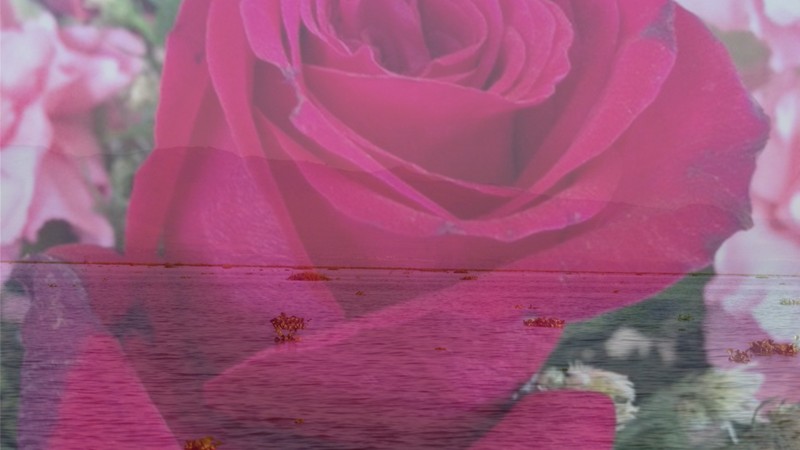 Most have never heard of Lake Naivasha. I know I certainly hadn't. It wasn't until I visited Africa for the first time in 2012 that I was officially introduced to it...and all of its problems. Most are familiar with the rose. Its a global icon representing love, beauty, and tranquility; yet ask anyone who lives in Naivasha or who depends on the lake for their livelihood about the rose. None of those words describing it mean anything.
Most have never heard of Lake Naivasha. I know I certainly hadn't. It wasn't until I visited Africa for the first time in 2012 that I was officially introduced to it...and all of its problems. Most are familiar with the rose. Its a global icon representing love, beauty, and tranquility; yet ask anyone who lives in Naivasha or who depends on the lake for their livelihood about the rose. None of those words describing it mean anything.
Since 1980 Kenya has become one of the largest exporters of flowers to Europe, with 75% of them coming straight from greenhouses on Lake Naivasha. So what's the problem? Unsustainable farming practices, pollution, habitat loss, declining wildlife numbers and an increased human population all attribute to the flower farm industry in Lake Naivasha. With personal photos, hard evidence, and expert advice, I'm going to try to shed some light on this very controversial topic.
Nearly eight miles across, Lake Naivasha is the second largest freshwater lake in Kenya, and is part of the Great Rift Valley.
After graduating college I joined a small group led by Dr. Marc Bechard from Boise State University and Dr. Munir Virani from The Peregrine Fund to study East African Raptor Conservation. Honestly, it was the trip to Africa that sold me. Even though Naivasha was on the itinerary, my focus was entirely on a planned safari in the famous Masai Mara. (Think lions, elephants and crocodiles.) To me Naivasha was a mere stopping point before the "big safari."
In my mind Lake Naivasha would be surrounded by dry, barren land. Was I ever wrong. It could not be any greener; surrounded by native papyrus and acacia woodlands. The lake is an oasis for many plants and animals.
And here lies the problem: flower farms. The shores of Lake Naivasha are covered with them. These giant farms pump water directly from the lake into their greenhouses at an alarming rate. Faster than the lake can replenish itself. Since their beginning in 1980 the water level has fallen by 13ft; not a good level considering Lake Naivasha is a shallow lake with an average depth of 5-15ft.
What's worse is that all the runoff, pesticides, and chemicals used to grow these flowers is drained right back into the lake.
This isn't a good thing for the plants and animals that depend on the lake. The once crystal clear waters have now turned a murky brown due to the toxic runoffs, sewage waste from the town, and invasive species. It also can affect local tourism. Lake Naivasha is considered one of the top ten bird watching sights in the world; although with bird numbers dropping, conservationists fear that this will change in the near future.
Some might argue that the farms have opened many jobs for the local residents in Naivasha. The truth though is that most workers have to work in horrific conditions. Many are not protected against the deadly pesticides and chemicals used to grow the flowers. Not to mention the average salary is a mere $2 a day. Not much to support the average non-working family in Naivasha.
The farms are also responsible for the giant increase in population around the lake. In 1969 there were only 7,000 people living in Naivasha. Today there is over half a million people competing for the jobs, the lake, and its diminishing resources. What's worse is that the surge in population has created many unplanned settlements that lack proper waste and sanitation control. The waste is often drained right back into the lake.
Many locals out of jobs resort to illegal poaching and cutting down native acacia trees for firewood.
What can be done?
Education. Speaking to local communities about the importance of the lake and preserving its natural resources for future generations.
Support local conservation organizations dedicated to preserving the lake and sustainable living in and around it. We stayed at the Elsamere Field Study Centre where they organized boat tours, lectures, and activities.
Experts believe that if something isn't drastically done to control the flower farms and its current practices, the lake will dry up within 20 years. The future might look grim, but I still believe there is hope for this majestic lake and its wildlife. More and more attention is being drawn to the unsustainable farming practices. More and more people are now aware of the lake and its conservation issues thanks to books (May I suggest Wildflower: An Extraordinary Life and Untimely Death in Africa by Mark Seal), magazine articles, and blogs just like this one.
For more information I encourage you to check out the following references.
References:
Heimbuch, Jaymi. "Are Cut Flowers Killing the Wildlife in Kenya's Lake Naivasha?." Treehugger. Mother Nature Network , 06 17 2010. Web. 23 Feb. 2014. <http://www.treehugger.com/natural-sciences/are-cut-flowers-killing-the-wildlife-in-kenyas-lake-naivasha.html>.
"Lake Naivasha ." Magical Kenya . Kenya Tourist Board , n.d. Web. 20 Feb 2014. <http://old.magicalkenya.com/default.nsf/doc21/4ynrpgfzei65?opendocument&l=1&e=5>.
McQuaid , John . "The Secrets Behind Your Flowers." Smithsonian Magazine . 02 2011: 1-4. Web. 23 Feb. 2014. <http://www.smithsonianmag.com/people-places/the-secrets-behind-your-flowers-53128/?page=1>.
"Naivasha Flower Farm ." Conservation Media- Kenya . N.p., 05 24 2011. Web. 23 Feb. 2014. <http://blogs.stlawu.edu/conservationmediakenya/tag/lake-naivasha/>.
Williams, Jeremy . "The price of Kenyan roses and the tragedy of lake Naivasha." Make Wealth History. N.p., 02 13 2009. Web. 20 Feb. 2014. <http://makewealthhistory.org/2009/02/13/the-price-of-kenyan-roses-and-the-tragedy-of-lake-naivasha/>.




